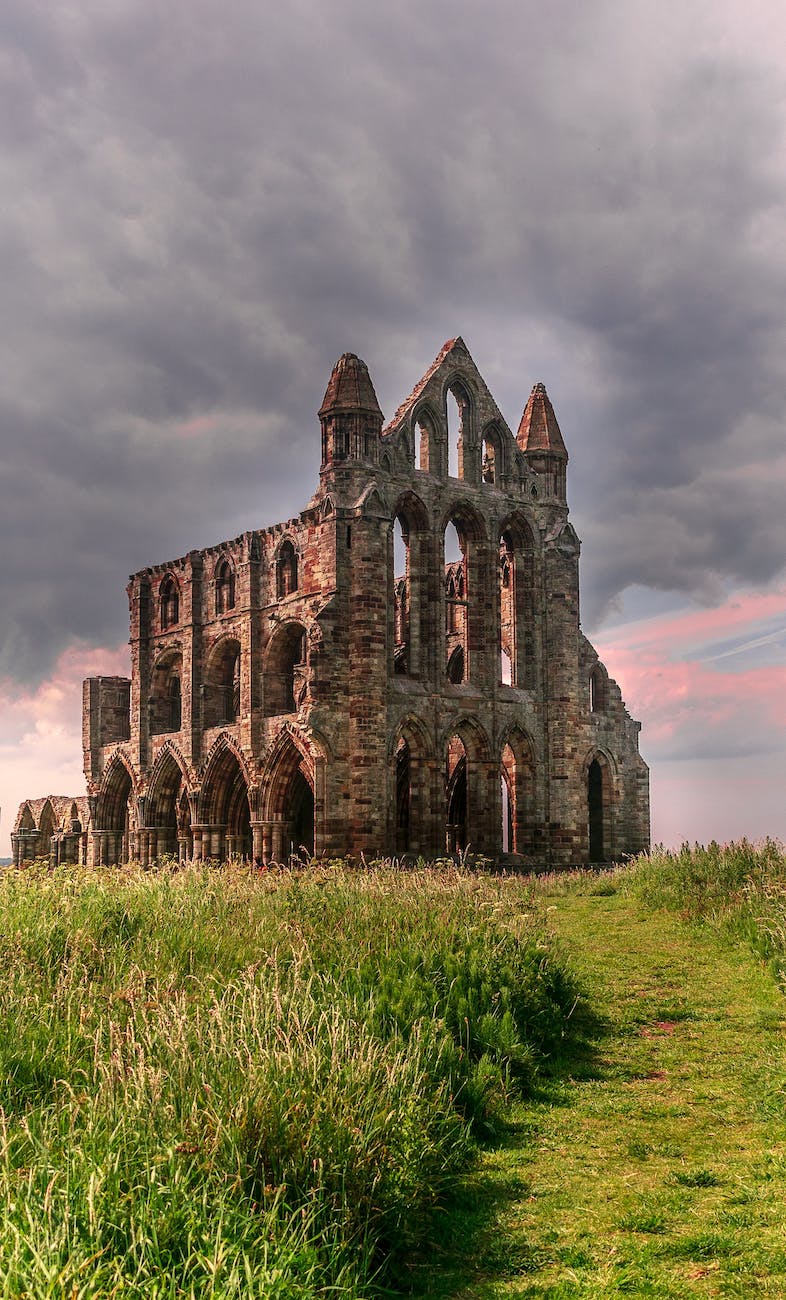

Ah, the quintessential English church – all whitewashed walls, simple pews and lack of adornment. You might think these buildings haven’t changed much for a thousand years. And yet, how wrong you would be! They have been radically transformed.
READ MORE: Smear campaign that led to the Templar downfall
I’ll give an example of one church here that shows how radically English churches have been altered over the centuries – often as a result of furious religious conflict.
The same building that a Templar knight would have known looks very different today. The whitewashed walls would have been covered in gaudy biblical imagery and the congregation separated from the priest by an intricately carved wood rood screen. And all around statues of saints, brightly painted.
Let me tell you about the history of one English church to illustrate the point about constant change.
I visited Holy Trinity church, tucked away off the medieval streets of York – a beautiful building that hides a turbulent history. It had a modest beginning in the 11th century looking more like a large, thatched stone walled hut than anything you might call a church. But in the 13th century – the height of the Templar order – the south east chapel was built and tiles replaced the thatch.
It dates back to the Saxon period but with the invasion of the Normans in 1066, the church came under the powerful Durham Priory. Most of the church you can see today was constructed in the 13th, 14th and 15th centuries but traces of a much older building do survive.
A squint or “hagioscope” was built into the wall at some point in the medieval period allowing the chantry priest to see mass being celebrated at the main altar. In 1316, William de Langetoft was allowed to put up some houses nearby called Lady Row and amazingly these cottages still stand!
The church was originally a riot of colour including stained glass – some of which survives. But in the 16th century – a massive upheaval would see images of the Virgin Mary torn down, the altar replaced with a simple communion table, saints removed from the rood screen, the walls whitewashed and a bible in English (not Latin) available for all to read. By 1553, the church had removed all signs of having once been Catholic – it was now 100% Protestant.
That development took a further leap forward with the introduction of box pews – and unusually for England, they survive in this church. Good Protestant families would face each other inside these closed boxes and the idea of everybody facing a priest was condemned as being too close to what Rome and the pope wanted.
This is a gorgeous church and I thoroughly recommend you visit.


















History is amazing! To think this church is still standing centuries later! You should consider doing a video series of your travels! Still shots don’t do justice to these beautiful sites!
it’s always been my favourite in york – its usually where I go to eat my lunch